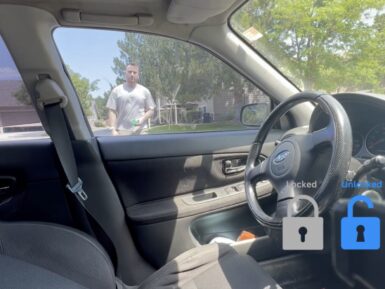
Overview
This is a photoelectric water liquid level sensor that operates using optical principles.
The advantages of this photoelectric water liquid level sensor are good sensitivity and no need for mechanical parts - meaning less calibration!
The corrosion resistant probe is easily mounted and can handle high temperature and high pressure.
The arduino liquid sensor is equipped with an interface adapter for compatibility with the DFRobot "Gravity" interface.To ease the difficulty of using this arduino liquid sensor, a Gravity Interface is adapted to allow plug&play.
The Arduino IO expansion shield is the best match for this sensor connecting to Arduino, as this liquid sensor is able to work at 3.3V which makes it compatible with Raspberry Pi, intel edison, joule and curie.
Note: Avoid placing the sensor near bright lights or in direct sunlight as these can cause interference.
Tech specs
- Operating voltage: 5 VDC
- Output current: 12 mA
- Working temperature: - 25 ~ 105 ℃
- Low level output: < 0.1 V
- High level output: > 4.6 V
- Liquid level detection accuracy: ±0.5 mm
- Material: PC
- Measuring range: No limit
- Life: 50,000 hours
Get Inspired
Robot using Arduino Nano 33 BLE Camera Shield.

A lot of newer cars have a really nifty feature called “proximity unlock,” which automatically unlocks the doors when the driver approaches while carrying their key fob. When paired with a push-to-start ignition switch, the driver never has to take their keys out of their pocket. But Nick’s 2004 Subaru STI is too old to have come with that feature from the factory, so he used a couple of Arduino boards to create a DIY proximity unlock system. Car manufacturers need to pay serious attention to security when designing their access and ignition systems, but Nick had a bit more freedom. It is unlikely that any thieves would suspect his car of possessing a feature like this and so they wouldn’t even bother trying to hack it. Nick’s proximity unlock works by evaluating the received signal strength indicator (RSSI) of Bluetooth® Low Energy connection. If all else is equal, RSSI is inversely proportional to distance and that makes it useful for rough proximity detection. An Arduino Nano 33 BLE inside the car unlocks the doors when it has an active BLE connection with an RSSI over a set threshold. It unlocks the doors by shorting the switch with a 12V relay and it receives power from the car’s 12V system through a buck converter. The driver-carried device (equivalent to a key fob) can be either another Nano 33 BLE or Nick’s smartphone. In fact, it can be any device with a BLE adapter, so long as it can connect to the in-car Arduino with the proper device name. Now, Nick can enjoy his classic car and the convenience of proximity unlock.








